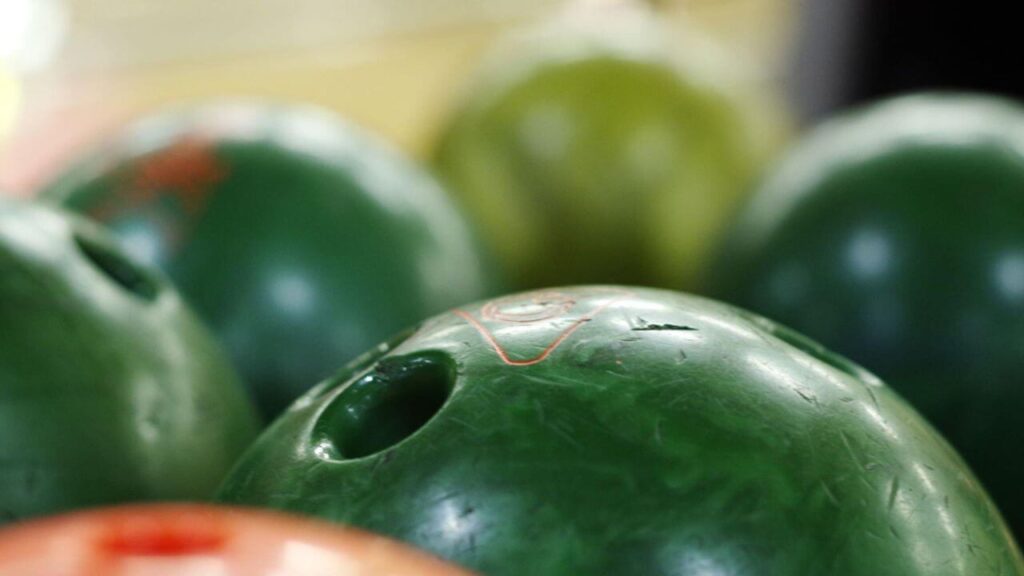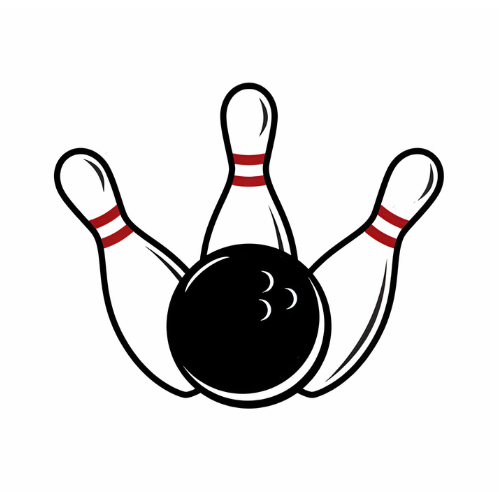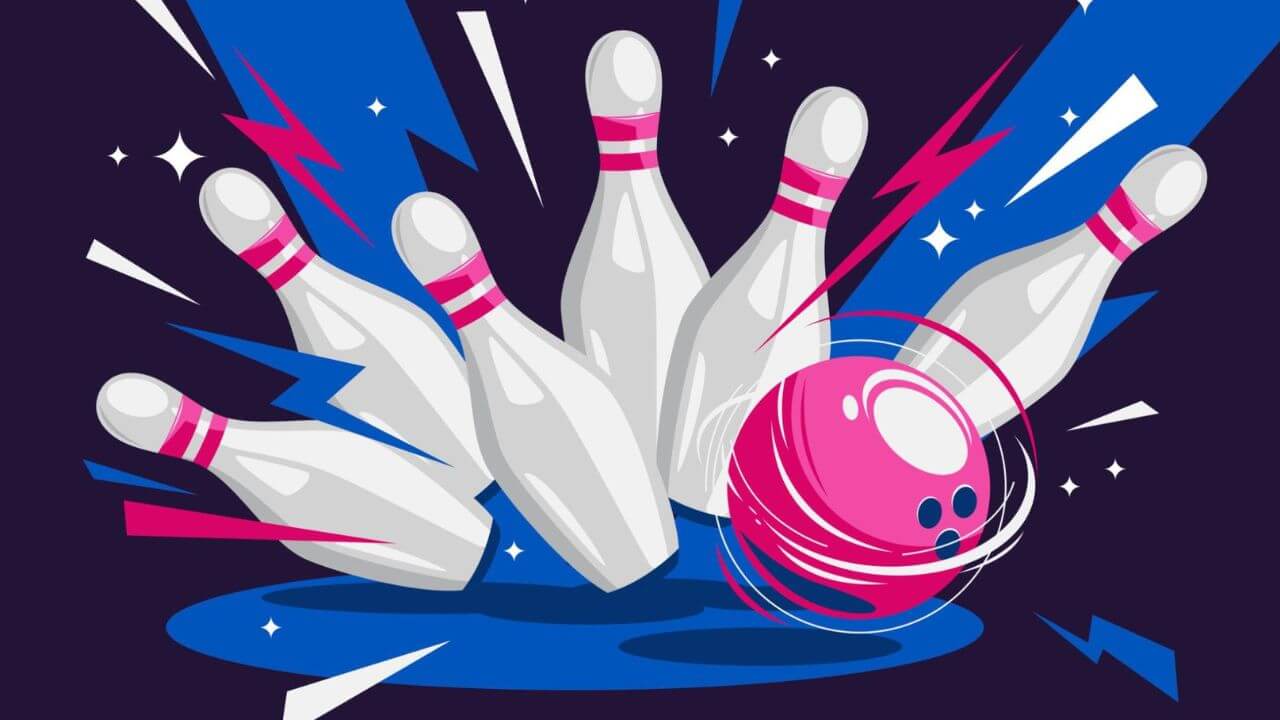Drilling protection, you can simply call it a relief factor for bowlers. Someone who is new to bowling may wonder how! Let me explain. If the ball feels horribly cheap to you, there may have some issues with the drilling. The ball can sometimes crack or be severely damaged during the drilling process. In such cases, drilling protection comes to the rescue. It ensures the replacement of the defective ball with a new one. So, bowlers can buy the ball with sureness. The concept of drilling protection is somewhat confusing to newbies or even many weekend warriors. But if you want the ball to last for a really long time, you must know what is drilling protection on a bowling ball about it. Well, this article will help you in this regard.

What is Drilling Protection on a Bowling Ball?
Drilling a bowling ball is just making holes in the ball, right? Well, not at all! It is true that drilling is the process of making finger holes using a drill. But, these have some purpose. These holes are intended to let the air outflow when thrown down the lane. Besides, they balance objects such as drilling holes, weight blocks, cores, etc., inside the ball. Each drill has a different hole pattern and pieces. Looking at the drilling, you can tell how much the ball weighs or its core type. A multiple-pieces ball will have a certain amount of holes in each piece. These holes maintain the overall weight and balance. Moreover, the number of holes determines how it would feel when you throw it. If the ball has an odd number of blocks, this will result in nothing but imbalance. Also, one section will remain unreactive when thrown because it has no roll or pitch. This odd block will not transfer any energy during contact with the lane. All in all, drilling impacts how well you play the game.
Why Drilling Matters?
Brand new bowling balls come as a solid with no holes drilled on them. At the time of purchase, you can either get a pre-drilled one or a drill as per your finger measurements. This customization of holes is usually done at a pro shop. But why does it matter? Every bowling is different with its own styles and sizes. Although the two hands look similar, both require bowling balls of different layouts. This is because both have an individual PAP. Even if both have the same PAP, it is unlikely that everything will work properly. That is because everyone has a different equation of pin to the PAP. Also, everyone has a unique style. Everyone requires a unique rev rate, ball speed, axis tilt, axis rotation, and positive axis point, depending on the style. That’s why; there is no better option than drilling your ball with a ball driller. This way, you can achieve maximum performance from the ball. When approaching a ball driller, you need to state your PAP and the work you want to be done on the ball. So, the ball driller can do an excellent job for you.
So, What is Drilling Protection?
Drilling protection is a drilling warranty that ensures the replacement of a bowling ball if it is damaged while drilling. You’ll get a new ball in exchange when the ball gets damaged during the drilling process. The best part is you don’t have to pay for the new ball.
Things to Consider Before Drilling a Bowling Ball
If you didn’t buy a pre-drilled bowling ball, you’d need to customize it. Before drilling the ball, you need to consider the following things.
1. Take Help from a Pro
Unless you are very skilled at drilling, it’s wise to have your ball drilled by professional drillers or pro-shop owners. The pro can help you drill the ball following the proper steps. They can provide you with the best layout for the game.
2. The layout of the Holes
The location and layout of the holes determine how your ball will behave down the lane. It is essential to find the size of the holes and the distance between each hole. Your ball driller will measure your fingers and hand to find the proper layout of the holes. Since the ball is spherical, you cannot drill holes anywhere. So, the location of the holes is also important to get the same effect.
3. Locate the Ring or Oil Ring
The ring or ring of oil is called the track. There is a spot where rings of oil remain after you throw a shot. This spot on the ball touched the lane. You can find the track after throwing a couple of shots.
4. Locate the Pin and CG (Center of Gravity)
There is a solid, colored dot on the ball named pin. This dot denotes where the core is located inside the ball. Also, this is where the holes need to be drilled. Then, find a small circle or punch a few inches away from the pin.
This smaller mark is called the Center of Gravity (CG). The CG won’t affect the way the ball rolls down the lane. But, it is essential to drill holes corresponding to the pin.
5. Locate the PAP (Positive Axis Point)
As mentioned earlier, every bowler has a different PAP. The PAP is equidistant from every point on the ball’s track. So, locate the spot that is at the same distance from every piece of the oil ring. You can also find PAP using Pro shop’s tools.
What to Do to Avoid Damaging the Bowling Ball While Drilling?
- Clean the bowling ball before drilling. Otherwise, the dust can get into the holes.
- Make sure the ball has a sticky enough grip. Too much oil in the rings can damage the ball. So, make sure the oil doesn’t get into the holes. However, you can clean the holes with rubbing alcohol even if the oil gets into them.
- Mark the holes before drilling. You may want to use plastic pieces in the gaps to locate the holes.
- Get every single detail about the bowling ball before drilling. Find out how many weights can go, in which direction, and how deep the weight goes.
Wrap Up!
Drilling protection is a blessing for a sensitive process like bowling ball drilling. This protection is definitely worth it to keep your bowling ball in good condition for a long time. Also, it corrects minor mistakes made during drilling. Another thing not to mention is that drilling protection doesn’t come for free. You need to pay a price which is not very expensive either. The cost of drilling protection depends on the number of holes and where you buy it from.

